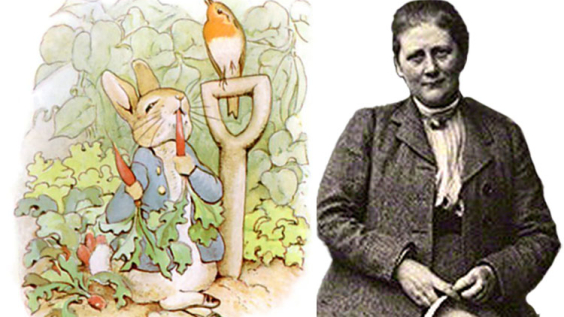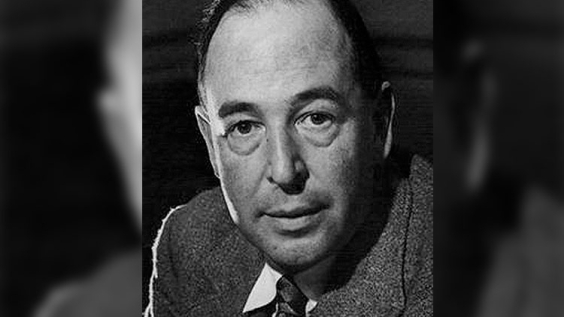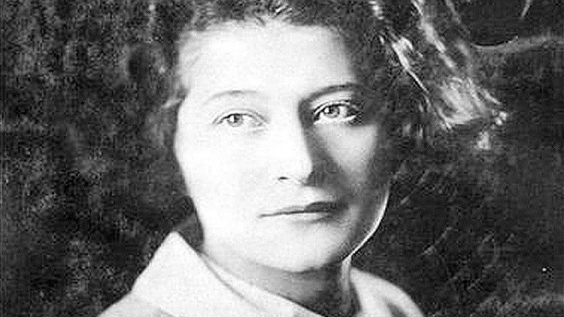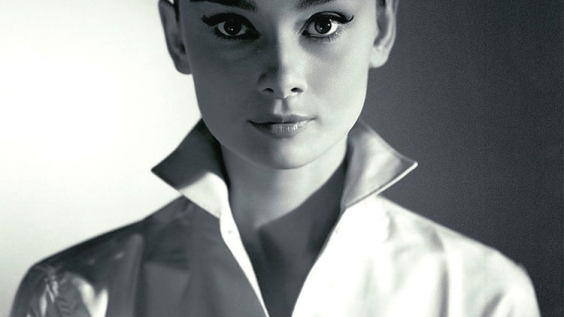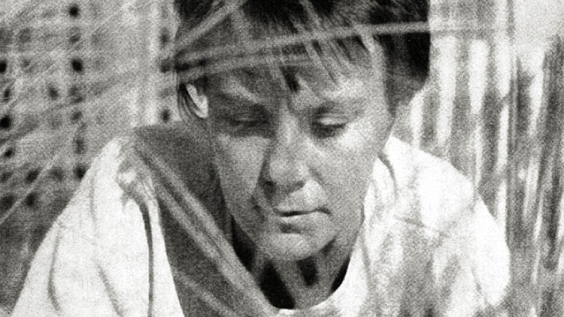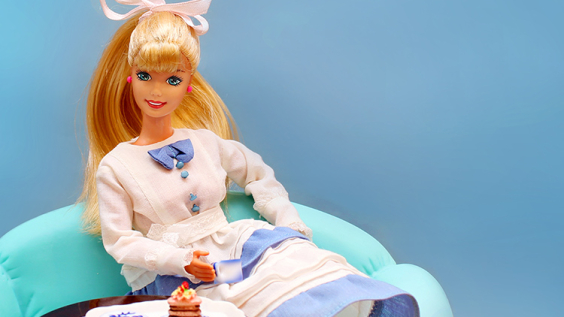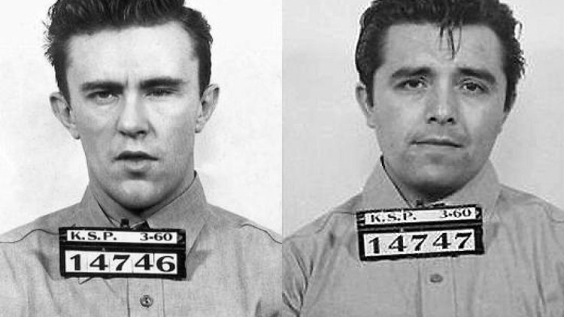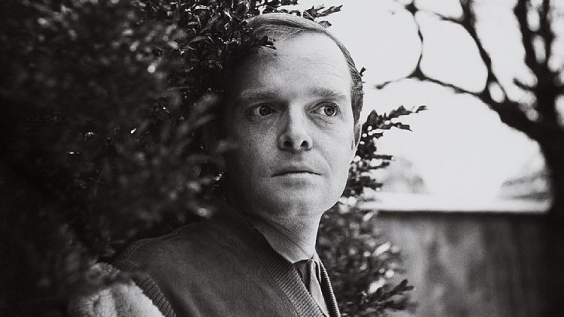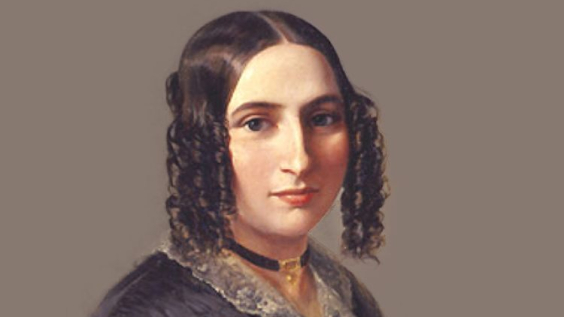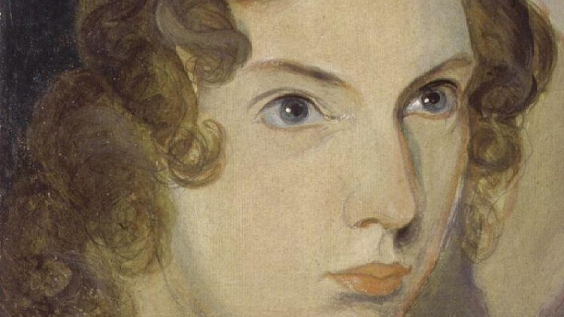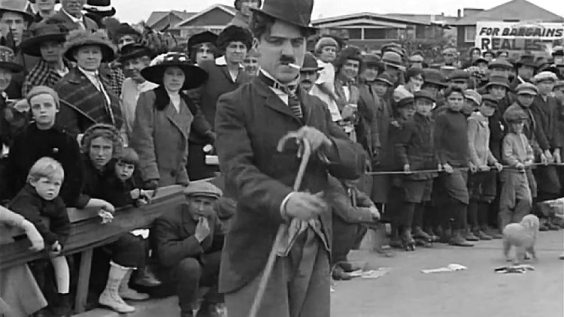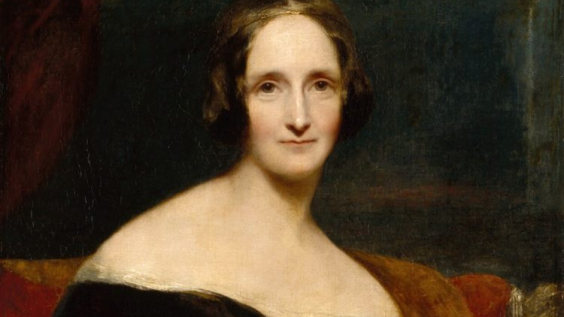
Gillray is widely considered the ‘father of modern political cartoon’, following naturally on from Hogarth half a century earlier, who was the ‘grandfather’.
Working between 1780-1810, his surrealist imagery and biting wit made him the most successful satirist of his day, producing a quality of work yet to be surpassed.
He mocked political squabbles with scatological humour and burlesqued the haut monde with a striking ability for vengeance.
 Listen Now
Listen NowHis prints were chuckled at by Queen Charlotte during breakfast (until they became too vulgar), hoarded by the filthy minded Prince Regent (later George IV), feared by Napoleon (who claimed Gillray was more powerful than a dozen generals), and adored so much by the general public that fights broke out as new prints were displayed in Hannah Humphreys’ printshop window.
Gillray produced over 1,000 political and social satires. Here are eight of the best.
1. A Voluptuary under the horrors of Digestion (1792)
This etching by Gillray attacks the reckless indulgence of the Prince of Wales (later George IV), offering a nod to his nickname ‘The Prince of Whales’.
Dominated by his enormous bloated belly, which a single waistcoat button struggles to contain, his languid greed is revealed by decanters of port and brandy, the remains of a huge joint of meat, empty wine bottles rolling around under the table, and a coat of arms containing a knife and fork.
Behind the chair, an overflowing chamber pot pins up a host of unpaid bills. In the foreground, a dice-box offers a nod to his gambling addiction, and a medicinal bottle on the shelf is labelled ‘Drops for a Stinking Breath’.

‘A Voluptuary under the horrors of Digestion’ (1792). Image credit: James Gillray, CC0, via Wikimedia Commons
Image Credit: James Gillray, CC0, via Wikimedia Commons
2. Britannia between Scylla and Charybdis (1793)
Britannia between Scylla and Charybdis was published in April 1793, three months after the execution of the French King, Louis XVI, and two months after France declared war on Britain. In the print, the British Prime Minister, William Pitt, steers a boat representing the constitution.
Carrying the precious cargo of Britannia, Pitt navigates between two maritime hazards of Homeric mythology, representing ‘the whirlpool of arbitrary power’ and ‘the rock of democracy’. Behind him, he is closely eyed by the deadly, anti-constitutional sharks of the Foxite opposition.
They head towards a gloomy island named the ‘Haven of Public Happiness’.
Gillray’s print reflected the British philosophical debates which dominated the 1790s, as the French Revolution played out across the channel. Gillray’s conclusion is that in times of uncertainty and polarisation, a ‘middle way’ must save the constitution.

‘Britannia between Scylla and Charybdis’ (1793). Image credit: James Gillray, CC0, via Wikimedia Commons
3. Uncorking Old Sherry (1805)
In Uncorking Old Sherry, Gillray imagines the House of Commons as a wine cellar, with the Prime Minister examining his supplies of opposition MPs.
From the bottle in Pitt’s hand explodes a plethora of words: ‘Bouncings’, ‘Growlings’, ‘Fibs! Fibs! Fibs’, ‘Abuse’, ‘Abuse’, ‘Damn’d Fibs’, ‘Invectives’, ‘Old Puns’, ‘Groans of Disappointment’, ‘Stolen Jests’, ‘Invectives’, ‘lame Puns’ – a dig at a recent speech by Sheridan, the chap looking furiously up at Pitt from inside the bottle.
Whilst Pitt, the Prime Minister, was aloof, antisocial and dull, the leader of the opposition could not have been more different. Charles James Fox, the ruddy face in the bottle labelled ‘True French Wine’, was a ruffian who womanised, drank to excess and often turned up to the Commons straight from a night of wild revelry.

‘Uncorking Old Sherry’ (1805). Image credit: James Gillray, CC0, via Wikimedia Commons
Image Credit: James Gillray, CC0, via Wikimedia Commons
4. The Plumb-pudding in danger – or – State Epicures taking un Petit Souper (1805)
This print is so often repeated it is more famous than Gillray himself. The modern cartoonist Martin Rowson described it as ‘probably the most famous political cartoon of all time … stolen over and over and over again by cartoonists ever since’. Thatcher, Cameron, May, Johnson and Trump have all been demonised through Gillray’s design.
In the print, Pitt and Napoleon are seated at a dining table, carving up a plum pudding representing a map of the world. Pitt wears a red regimental uniform of the British army, and his fork resembles a three-pronged trident, a reference to British naval strength.
Napoleon, the ‘little corporal’, is smaller and stockier. He wears the blue coat of the Imperial French Army and the enormous plume in his hat makes mockery of his tiny stature.
Whilst Pitt takes a huge chunk of pudding marked ‘ocean’ and ‘West Indies’, Napoleon’s smaller portion contains most of Europe, including Hanover, the home of the British monarchs.

‘The Plumb-pudding in danger’ (1805). Image credit: James Gillray, CC0, via Wikimedia Commons
Image Credit: James Gillray, Public domain, via Wikimedia Commons
5. Advantages of Wearing Muslin Dresses! (1804)
It was a particular joy of Gillray to satirise the fashions and social mores of modern society. In Advantages of Wearing Muslin Dresses!, a fashionable muslin dress catches fire on a red-hot poker, causing uproar as a cat flees and a waiter drops his tray.
Gillray pokes fun at serious conventions surrounding taking afternoon tea, a drink which had become more popular than coffee, chocolate and alcohol due to the British East India Company’s monopoly over the tea industry in England.

‘Advantages of Wearing Muslin Dresses’ (1802). Image credit: James Gillray, CC0, via Wikimedia Commons
Image Credit: James Gillray, CC0, via Wikimedia Commons
6. Monstrous Craws, at a New Coalition Feast (1787)
King George III (dressed as an old woman), Queen Charlotte and the Prince of Wales sit around a bowl of guineas. They greedily guzzle coins which are immediately collected by the bizarre, pelican-like bags attached to their necks. The bowl is inscribed ‘John Bull’s Blood’.
This image of gluttony offered a critique of the royal demands on the public purse in 1787. Parliament had recently granted the Prince £161,000 to pay off debts (over £10 million in today’s money) and had raised his annual income to £60,000.

‘Monstrous Craws, at a New Coalition Feast’ (1787). Image credit: James Gillray, CC0, via Wikimedia Commons
Image Credit: James Gillray, Public domain, via Wikimedia Commons
7. A Sphere, Projecting Against a Plane (1792)
In this print, Gillray brings together two of his favourite subjects from social and political satires.
Pitt, a politician, was a lanky, frugal workaholic. In contrast, the Honourable Albinia Hobart, later Countess of Buckinghamshire, was a heavily obese, flamboyant amateur thespian and avid supporter of Pitt’s political rival, Charles James Fox.
Referencing a mathematical equation of Euclid, which is printed below, Pitt represents a plane, and Mrs Hobart, a sphere. Trapped in this circular anatomy, she must move on a trolley since rolling would be considered crude amongst members of high society.

‘A sphere, projecting against a plane’ (1792). Image credit: James Gillray, CC0, via Wikimedia Commons
Image Credit: James Gillray, CC0, via Wikimedia Commons
8. The King of Brobdingnag, and Gulliver (1803)
George III inspects a tiny Napoleon through a spy-glass. He exclaims:
‘My little friend Grildrig, you have made a most admirable panegyric upon Yourself and Country, but from what I can gather from your own relation & the answers I have with much pains wringed & extorted from you, I cannot but conclude you to be one of the most pernicious, little odious reptiles, that nature ever suffer’d to crawl upon the surface of the Earth.’
When shown this print, the King was reported to have said, ‘Quite wrong, quite wrong, no bag [the King’s wig] with uniform!’
Note Gillray’s delight in jesting about Napoleon’s short stature. Upon his death, Napoleon actually measured an average height of 5’ 6’’.

‘The King of Brobdingnag, and Gulliver’ (1803). Image credit: James Gillray, CC0, via Wikimedia Commons
Image Credit: James Gillray, Public domain, via Wikimedia Commons



